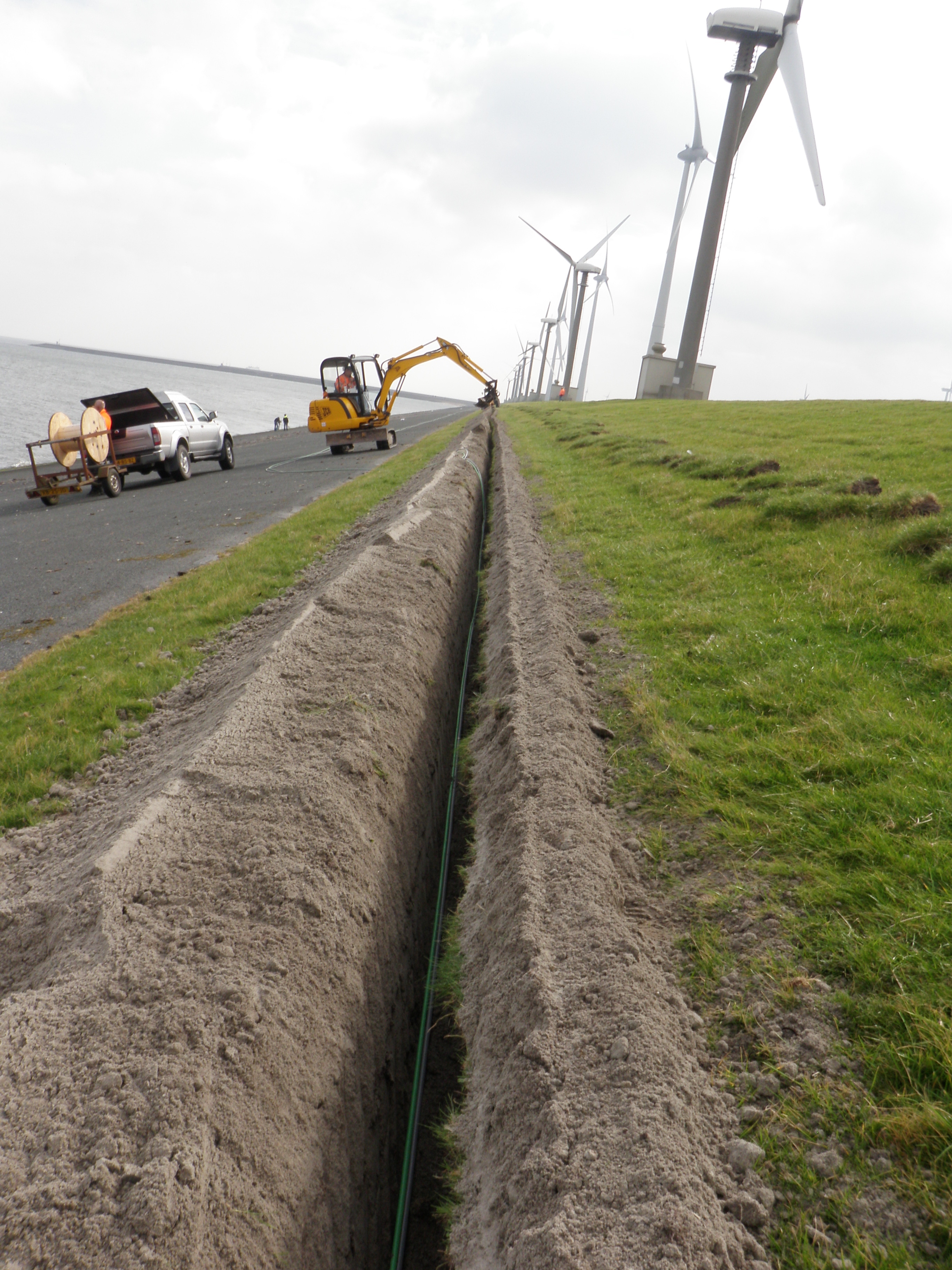Introduction
Strengthening dikes with information is the essence of the 'Smart Levees' concept. Smart Levees inspire policymakers, water managers, industry and designers to think about levee management differently. Information plays a central role in the approach to keeping levees strong and safe. By drawing on current information about a levee, management agencies can tailor designs, optimise levee upgrades and adjust management plans in line with the condition of a levee, but also make the most of the opportunities to predict the behaviour of the levee in extreme circumstances. In this way, smart levees help to make management smarter and more reliable.
FloodControl IJkdijk and its predecessors, the FloodControl 2015 and IJkdijk foundations, have conducted extensive research in recent years looking at the development and application of internationally marketable monitoring and information systems. The research includes the validation of monitoring and data analysis technology, the development of systems, and their application in practice. The resulting knowledge and experience in this field lead to increasing demand for best practices, protocols and guidelines. The Smart Levee Guideline (SLG) makes knowledge available and provides water managers with practical tools for working with Smart Levees.
We have collected and summarized these developments on this website under the "Smart Levee Guideline". You will learn how dike monitoring, through validated innovations can aid in solving problems during the different life cycles of the dikes (design, management and maintenance, evaluation, strengthening or calamity). This is clarified by the detailed explanation of technologies applied in realized projects.
You will also find a step by step plan on this website describing how you can apply dike monitoring.



